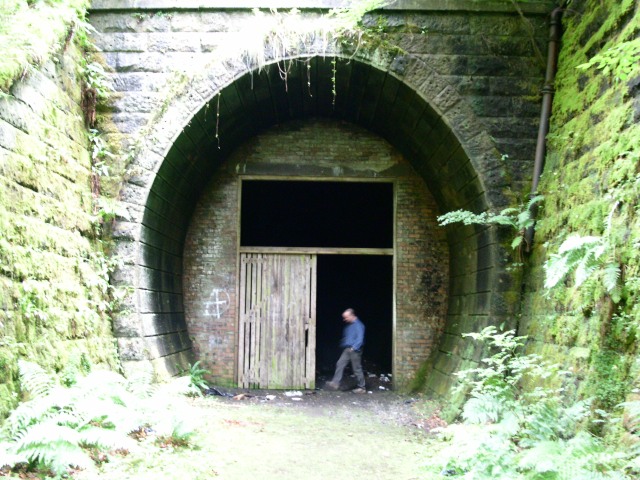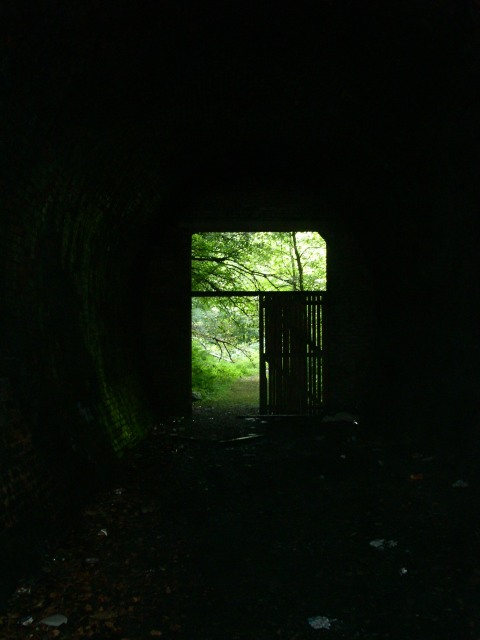
Wilson's 1901 suggestion was boldly imaginative: "...radiation from outside our atmosphere, possibly radiation like Roentgen rays or like cathode rays, but of enormously greater penetrating power." To test this idea he took a portable form of electroscope into the tunnel of the Caledonian Railway near Peebles (shown here). Wisely he did this "at night, after the traffic had ceased." His thinking was that the thickness of earth above the tunnel would absorb this cosmic radiation, so that fewer ions would be produced and the air there would be a poorer conductor of electricity.
In tunnels and mines, however, you are surrounded by rocks whose own, natural radioactivity (at a normal, low, safe level) could hide any reduction in radiation of cosmic origin. Wilson's experiment was flawed for his purpose. Nonetheless it marks the start of the experimental study of cosmic radiation.
We know now that cosmic radiation accounts for something like 10% of the ionisation of air at sea level. The remainder is due to naturally occuring, trace quantities of radioactive substances.

This Geograph photo, taken in July 2008 at the tunnel's far end, seems to show some tidying up operation in progress so perhaps it will be closed off to protect people from themselves. In the meantime it does appear that anybody with the interest can visit this Scottish scientific landmark, unmarked and unheralded though it is.